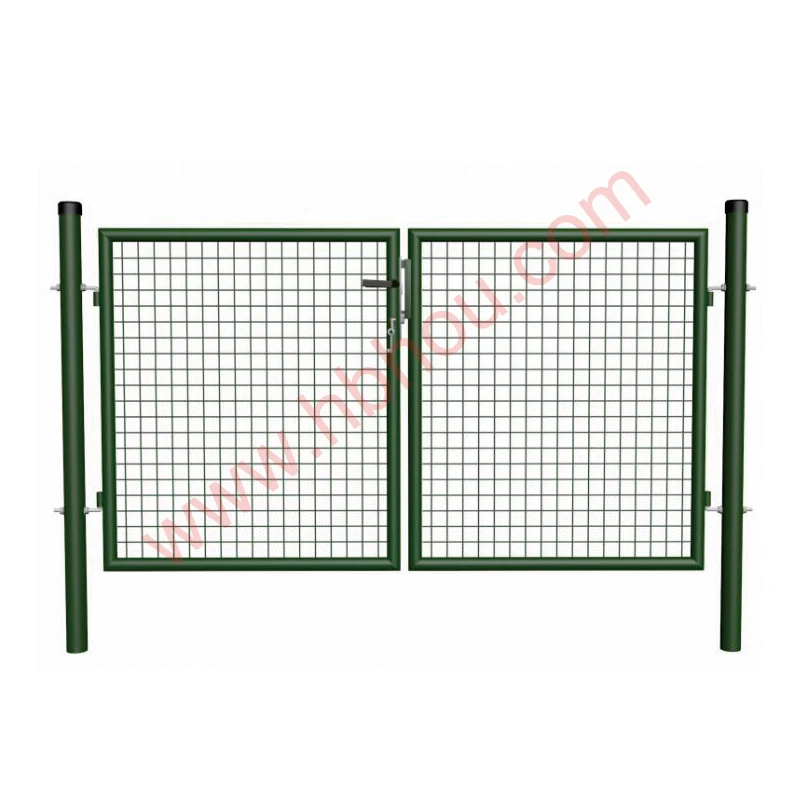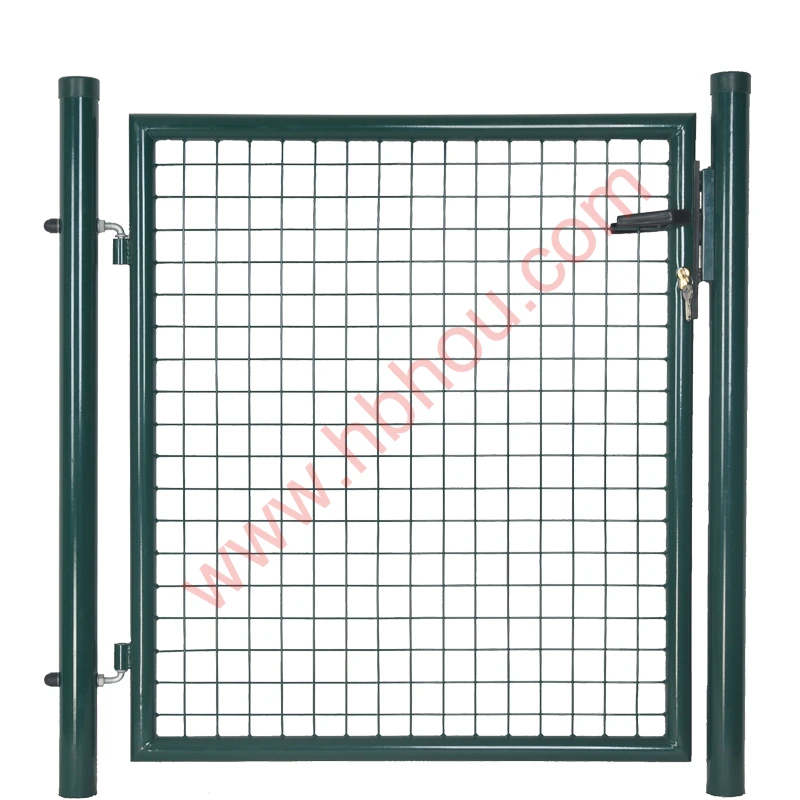The Use and Significance of Razor Wire and Barbed Wire
Razor wire and barbed wire are two types of fencing materials widely used for security and safety purposes. While they share a common goal of deterring trespassers and securing property, they serve distinct functions and possess unique characteristics. Understanding these two types of wire can help us appreciate their importance in modern security measures and infrastructural design.
Barbed Wire
Barbed wire consists of twisted strands of wire with sharp edges or points facing outward. Originally patented in the 19th century, it was designed to contain livestock and prevent them from wandering off. The effective use of barbed wire quickly gained traction, and it soon found its way into military applications and border security.
One of the primary advantages of barbed wire is its cost-effectiveness. Compared to other fencing options, it provides a relatively low-cost solution to discourage entry. The sharp points serve as a physical barrier, making it uncomfortable and hazardous for individuals attempting to climb over or crawl under it. Barbed wire is often used in agricultural contexts, prisons, and military installations, where a basic level of security is required without significant financial investment.
However, it's important to note that barbed wire can be risky if not properly maintained. Its sharp edges can cause serious injuries, which raises safety concerns in certain environments. Consequently, while it remains popular, the application of barbed wire should be carefully considered based on its surrounding context and the specific security requirements at hand.
Razor Wire
Razor wire, often referred to as concertina wire, takes the concept of barbed wire to a more advanced level. It consists of sharp metal blades attached to a central wire, creating a more formidable barrier. Razor wire is primarily used in settings where heightened security is essential, such as military bases, correctional facilities, and high-security industrial areas.
razor wire and barbed wire

The design of razor wire makes it significantly more effective than traditional barbed wire in preventing unauthorized access. The razor-sharp edges can inflict severe injuries to anyone who attempts to breach the barrier, thus reinforcing its deterrent effects. Additionally, razor wire can be configured in concertina format, allowing it to be coiled and expanded in various ways, which makes installation flexible and adaptable to different terrains.
One of the challenges associated with razor wire is its cost, which tends to be higher than that of barbed wire. However, this investment may be justified in high-stakes environments where security is paramount. Furthermore, the aesthetic aspect of razor wire may be less appealing, often evoking a sense of hostility and harshness that may not be suitable for all locations.
Security Applications
Both barbed wire and razor wire play crucial roles in contemporary security strategies. Their applications extend beyond mere deterrents; they can also serve as part of comprehensive security systems that include surveillance cameras and alarm systems. As urban areas continue to grow and security threats evolve, the importance of effective fencing materials cannot be overstated.
In addition to traditional applications, innovative uses for these materials are emerging. For instance, some security experts suggest utilizing smart technology to create hybrid systems that combine physical barriers with electronic surveillance. This approach enhances the effectiveness of both barbed and razor wire, making it harder for potential intruders to bypass security measures.
Conclusion
In conclusion, razor wire and barbed wire are integral components of modern security infrastructure. While both serve the purpose of deterring intruders, their differences in design, cost, and application make them suitable for various environments. The choice between the two often depends on specific security needs, budget constraints, and aesthetic considerations. As security challenges grow increasingly complex, the role of these fencing materials will undoubtedly continue to evolve, adapting to meet the demands of a changing world.
















